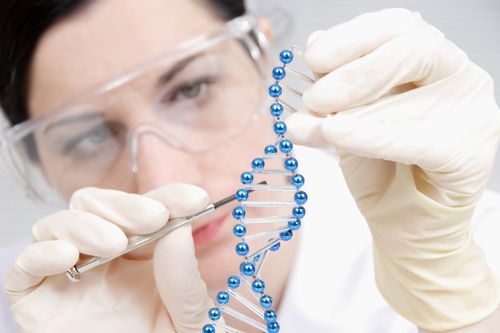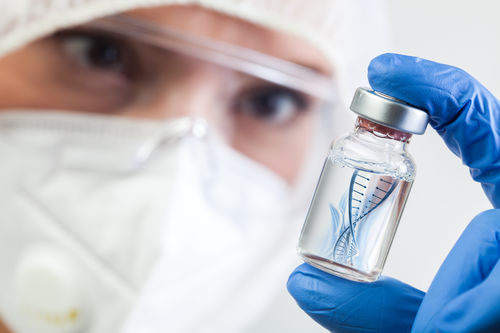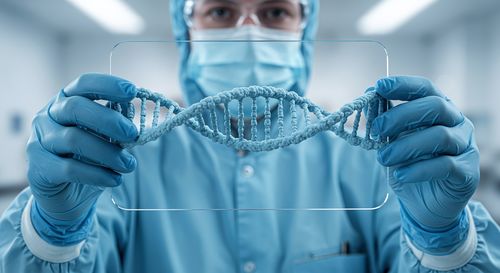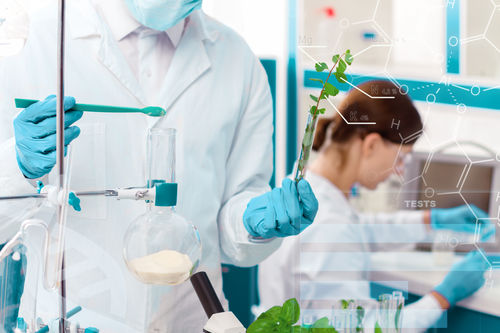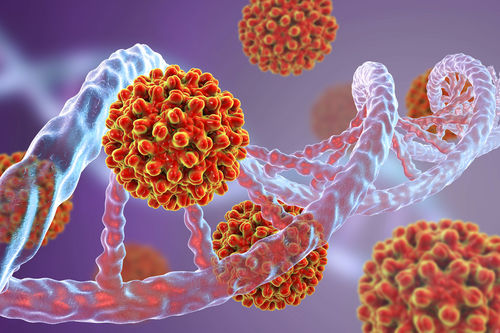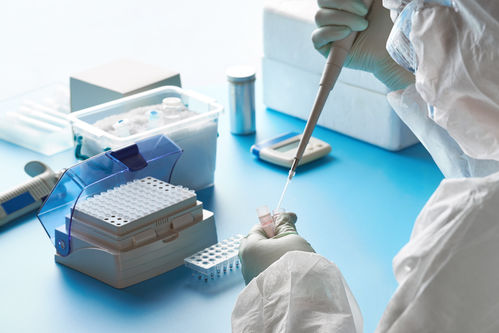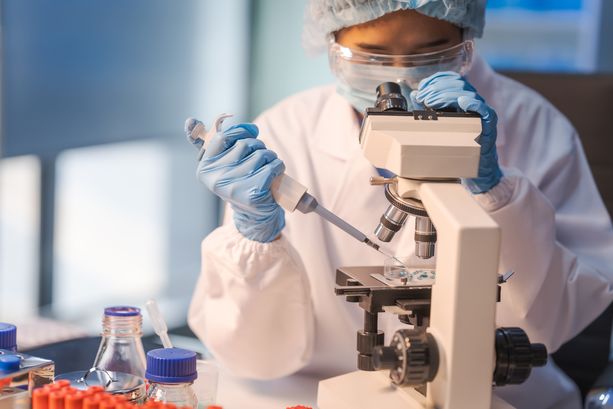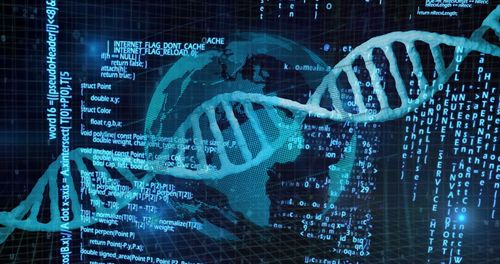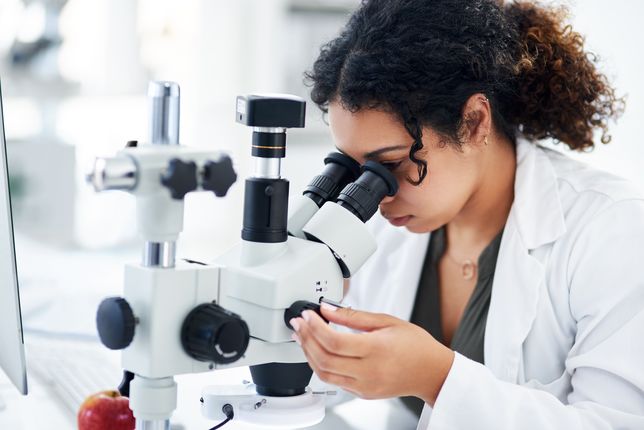MassArray for Genotyping: Introduction, Advantages, and Applications in Pathogen Detection
MassARRAY is a technology which can analyze hundreds of mutations on given hundreds of samples. The initial step in this technology is amplifying the mutation of interest, or for instance, the entire span of single nucleotide polymorphism (SNP), using forward and reverse primers of about 80-120 base pair amplicons through polymerase chain reaction (PCR).
One of the most common applications of this technology is SNP genotyping. MassARRAY SNP Genotyping has a lot of applications especially, but not limited to, in the fields of biological science research and medicine development. It initially amplifies the deoxyribonucleic acid (DNA) sequence across the SNP site using PCR and uses a single extension primer to amplify the products of the PCR which ensures that the primer extends to only one base. Then, the extended product was analyzed by time of flight and the SNPs were classified based on their molecular weight. At this point, the allele frequency of the SNP can be calculated.
Aside from genotyping and mutation detection, MassARRAY technology has many other applications. These include application in gene expression research, prenatal diagnosis on specified platforms, gene methylation analysis, ultrasensitive detection, as well as in pathogen typing.
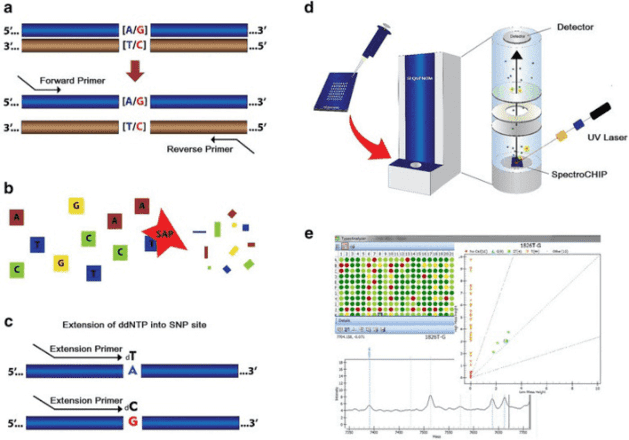 Figure 1. Steps in SNP genotyping using MassARRAY. (Svidnicki, 2015)
Figure 1. Steps in SNP genotyping using MassARRAY. (Svidnicki, 2015)
Advantages of MassARRAY Technology
MassARRAY has many advantages. First, it is accurate and automated as its nucleic acid detection uses mass spectrometry which enables to readout by molecular mass. Second, it is flexible in terms of the sample that can be used. Third, it has a high multiplex capability as its multiplex can reach approximately 30 SNP loci in a single pool. Lastly and more importantly, it is cost-effective since multiplex analysis reduces the cost per sample and its scalable throughput optimizes the resource requirements.
MassARRAY Technology in the Field of Microbiology
MassARRAY technology has also been applied in the field of microbiology. In one study, MassARRAY SNP was combined with Matrix-Assisted Laser Desorption/Ionization-Time Of Flight (MALDI-TOF) mass spectrometry (MS) with single-base extension PCR for high throughput multiplex SNP characterization of isolates. It proved its high advantage for large-scale microbial investigations as it enabled multiple SNP characterization of hundreds of isolates in a short period of time. It was used in the characterization of antimicrobial resistance for microbial organisms such as Staphylococcus aureus, Neisseria gonorrhoeae, and Pseudomonas aeruginosa.
In another study, the combination of MassARRAY and MALDI-TOF MS has been applied in microbial detection. Since the technology has the multiplex capability and high sample throughput, a validated bacterial pathogen-MS panel that can simultaneously screen eleven key bacterial pathogens associated with meningitis and pneumonia, including Streptococcus pneumoniae, Haemophilus influenzae, Neisseria meningitidis, Pseudomonas aeruginosa, Staphylococcus aureus, Acinetobacter baumannii, Klebsiella pneumoniae, Legionella pneumophila, Mycoplasma pneumoniae, Moraxella catarrhalis, and Bordetella pertussis has been developed.
It was also used to detect multiple foodborne pathogens. The selected genes for detecting Bacillus cereus, Escherichia coli, Listeria monocytogenes, Salmonella spp., and Staphylococcus aureus are Enterotoxin FM, uspA, prfA, fimY, and eap genes, respectively. In a separate study, eight intestinal bacterial pathogens were detected using also MassARRAY technology. The focused intestinal bacterial pathogens are Salmonella enterica, Staphylococcus aureus, Escherichia coli, Shigella dysenteriae, Listeria monocytogenes, Bacillus cereus, Vibrio cholerae, and Enterococcus faecalis.
References:
- Zhang C, Xiu L, Peng J, et al. Simultaneous detection of key bacterial pathogens related to pneumonia and meningitis using multiplex PCR coupled with mass spectrometry. Frontiers in cellular and infection microbiology. 2018, 8:107.
- Nasrabadi Z, Ranjbar R, Sarshar M, et al. Detection of eight foodborne bacterial pathogens by oligonucleotide array hybridization. Electronic physician. 2017, 9(5):4405.
- Whiley D, Trembizki E, Sloots TP, et al. High-throughput molecular typing of microbes using the Sequenom Massarray platform. Microbiology Australia. 2013, 34(4):175-7.
* For research purposes only, not intended for clinical diagnosis, treatment, or individual health assessments.
Related Services
Related Products
 Figure 1. Steps in SNP genotyping using MassARRAY. (Svidnicki, 2015)
Figure 1. Steps in SNP genotyping using MassARRAY. (Svidnicki, 2015) 